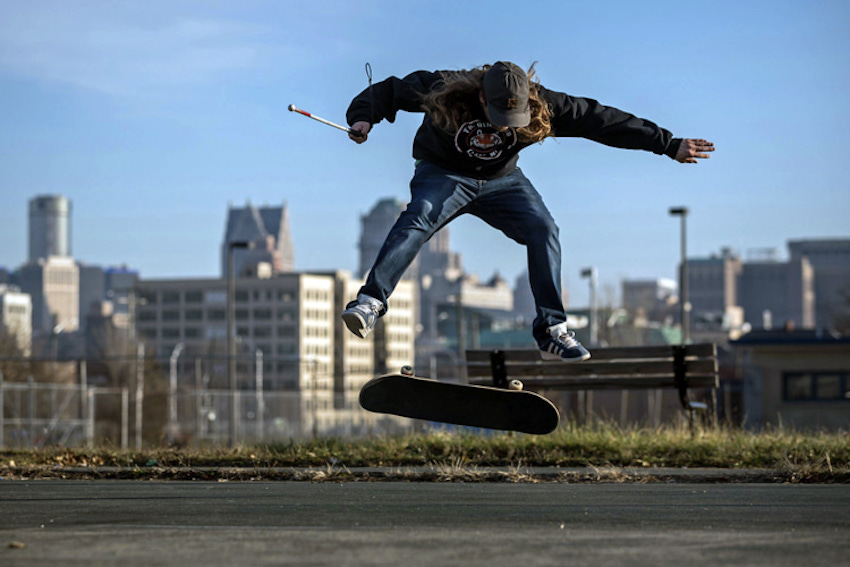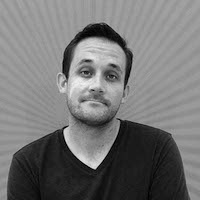
Dan Mancina – Adaptive Skatepark Design
Learning Objectives:
- Describe some design elements and landscapes skateboarders tend to be drawn to.
- List the types of adjustments made to design at an adaptive skatepark.
- Explain how an adaptive skatepark supports the visually impaired community.
- Discuss how Dan Mancina would like designers to integrate skateboarding “in the wild.”, K2304Q,
Credits:
Dan Mancina, is a professional skateboarder known for being visually impaired. In this podcast, Mancina discusses some of the design elements skateboarders look for, in general, in the built environment in terms of both obstacles and backdrops. He also describes what it was like to go from being a sighted skateboarder to a visually impaired skateboarder, and how that changes the way he thinks about design. In addition, Mancina discusses his advocacy work with teaching skateboarding to visually impaired youth and provides insight into what an ideal adaptive environment could be like—both inside and outside a skatepark.

Photo courtesy of Surfer Today

|
Aaron Prinz is the host of the Design:ED Podcast and holds a Masters of Architecture degree from the University of Texas at Austin. He was born and raised in the rural Northern California town of Red Bluff, just two hours south of the Oregon border. After one year of college, Prinz relocated to San Francisco to pursue a career in stand-up comedy. At age 26, he began studying architecture at Portland State University while interning at Studio Petretti Architecture led by Amanda Petretti. His professional contributions while at Studio Petretti were focused on a portion of the new Multnomah County Courthouse which is a prominent addition to the Portland skyline. He currently resides in Austin, Texas with his wife Roxanne where he continues to work as a designer. |








